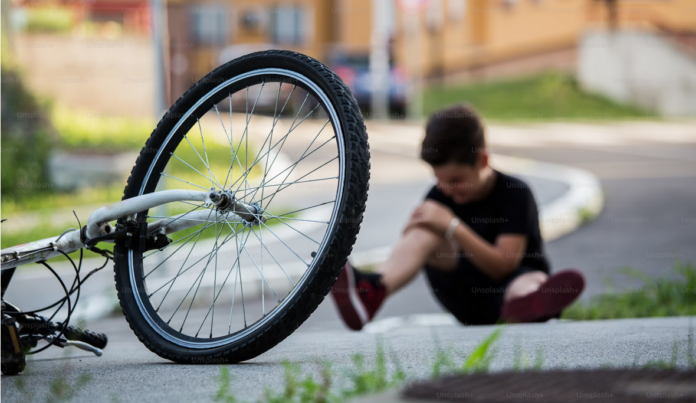The Waalre municipal council gave its opinion on Tuesday evening about the traffic plan ‘Vlot, veilig en duurzaam in en door Waalre in 2040’ (‘smooth, safe and sustainable in and through Waalre in 2040’). The plan is about healthy and sustainable mobility, accessibility and safety.
The mobility plan, drawn up by company Royal HaskoningDHV and commissioned by the municipal council, describes, for example, what should be arranged for pedestrians and cyclists, how the municipality will be kept accessible and how parking should be dealt with. The first part of the mobility plan is ready and has now been presented to the municipal council.
Within the three – so-called – strategic program lines, relevant mobility themes are discussed, such as cycling, shared mobility, electric driving, road categorisation, public transport, road safety, parking and quality of life. The STOMP principle (walking, cycling, public transport, service and private use) is central to this. This is a method that gives priority to sustainable forms of transport.
The plan was drawn up in collaboration with residents, entrepreneurs, interest groups, specialists and the municipality. They completed a so-called bottleneck map. The response was particularly large in the 40-50 age category.
Cycling
Most responses related to safety and the lack of cycling facilities. For example, Willibrorduslaan-Bergstraat intersection is considered dangerous. The intersections on Koningin Julianastraat-Valkenswaardseweg and on Eindhovensweg-Goudbergstraat in Aalst are also considered unsafe.
In addition, residents believe that road safety can be improved around the primary schools in the municipality. Especially during pick-up and drop-off times. ‘Chaotic and dangerous situations’ are experienced in particular on Christoffelschool in Aalst.
The current forest path that leads from Burgemeester Molllaan towards Waalre must be replaced by a paved cycle path, according to the responses to the bottleneck map. On the other hand, residents are very positive about the cycle path next to Onze Lieve Vrouwedijk. ‘The separation between the modalities ensures a safe situation here’.
Cars
Car drivers responded much less positively to the dosing lights upon entering the municipality on Heikantstraat and on Burgemeester Mollaan. Waiting at a red traffic light, when there are no crossing cyclists, causes unnecessary delays and frustration. The same applies to the entry ban on Hoogstraat from Onze Lieve Vrouwedijk. The entry ban is often ignored, according to local residents.
Relatively few responses were received regarding parking and the points of interest were mainly located in residential areas. Especially around school environments. Too few or too tight parking spaces sometimes lead to unsafe situations.
30 km/h
Concrete actions for the future still need to be developed and will be discussed in the second part of the mobility plan. It is assumed that eventually (almost) all roads in the built-up area of Waalre will become 30 km/h. On the one hand to prevent cut-through traffic, but also to increase road safety. Actually changing the direction of the traffic is one of the intended measures.
The measures apply to the coming years. This is a plan until 2040. Based on the package of measures, a priority list will be drawn up, from which projects will arise. This includes reducing the amount of car traffic on the road by improving facilities for cyclists and public transport.
Source: Studio040
Translated by: Bob











